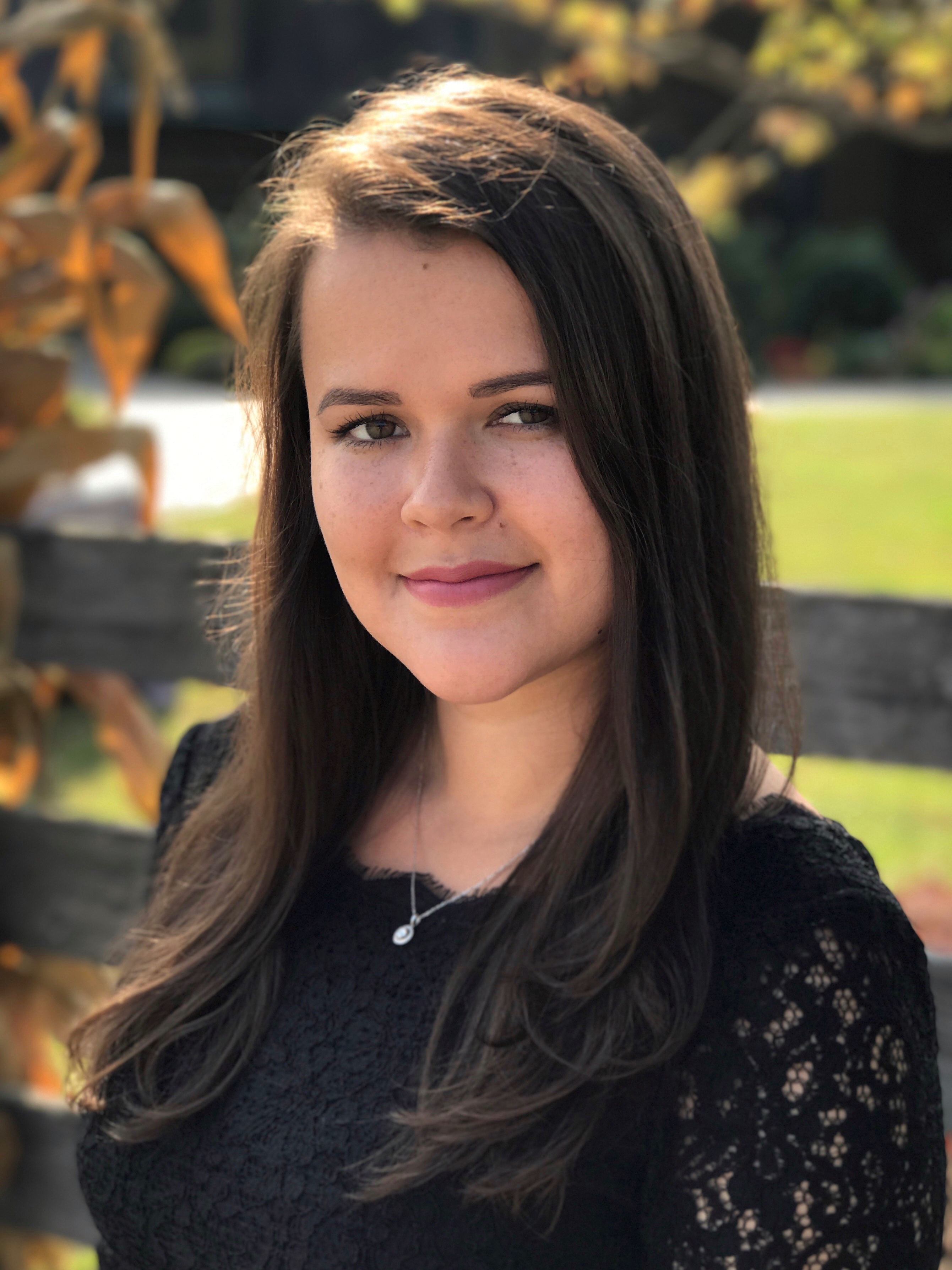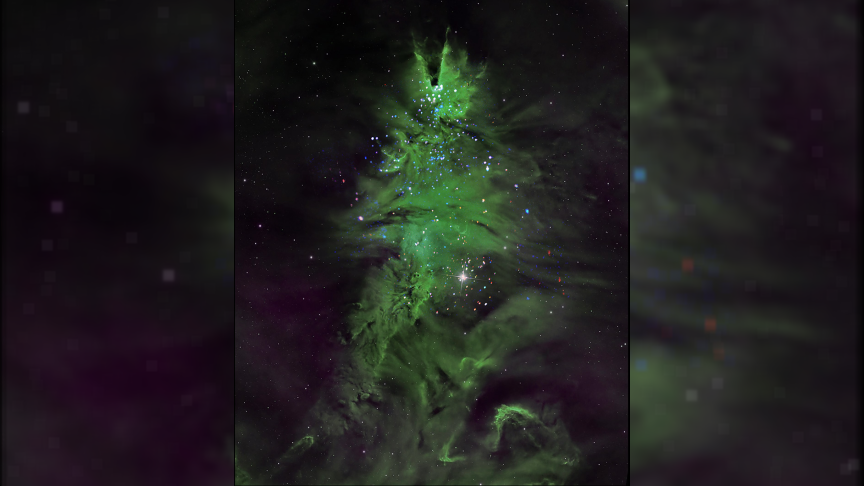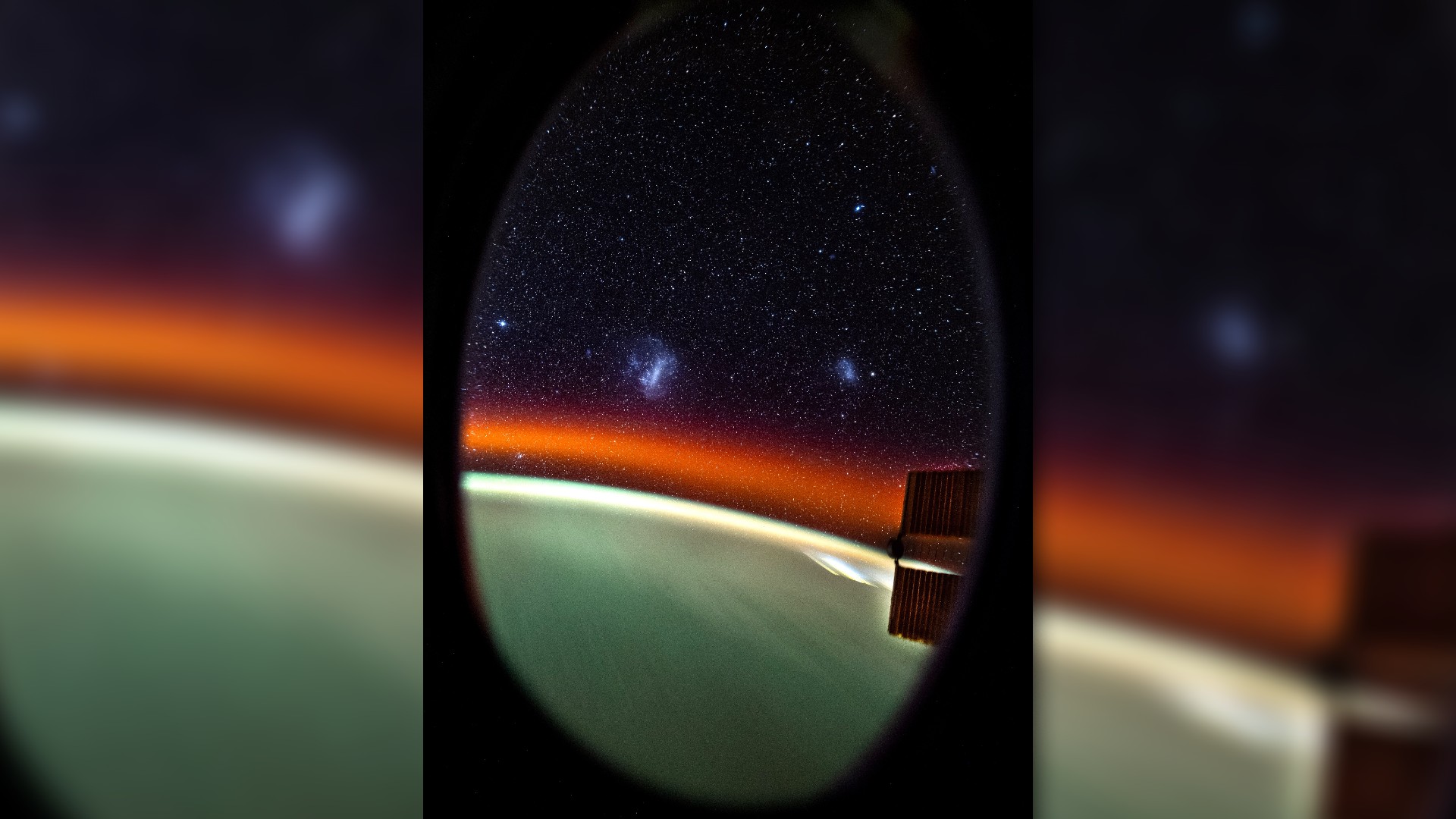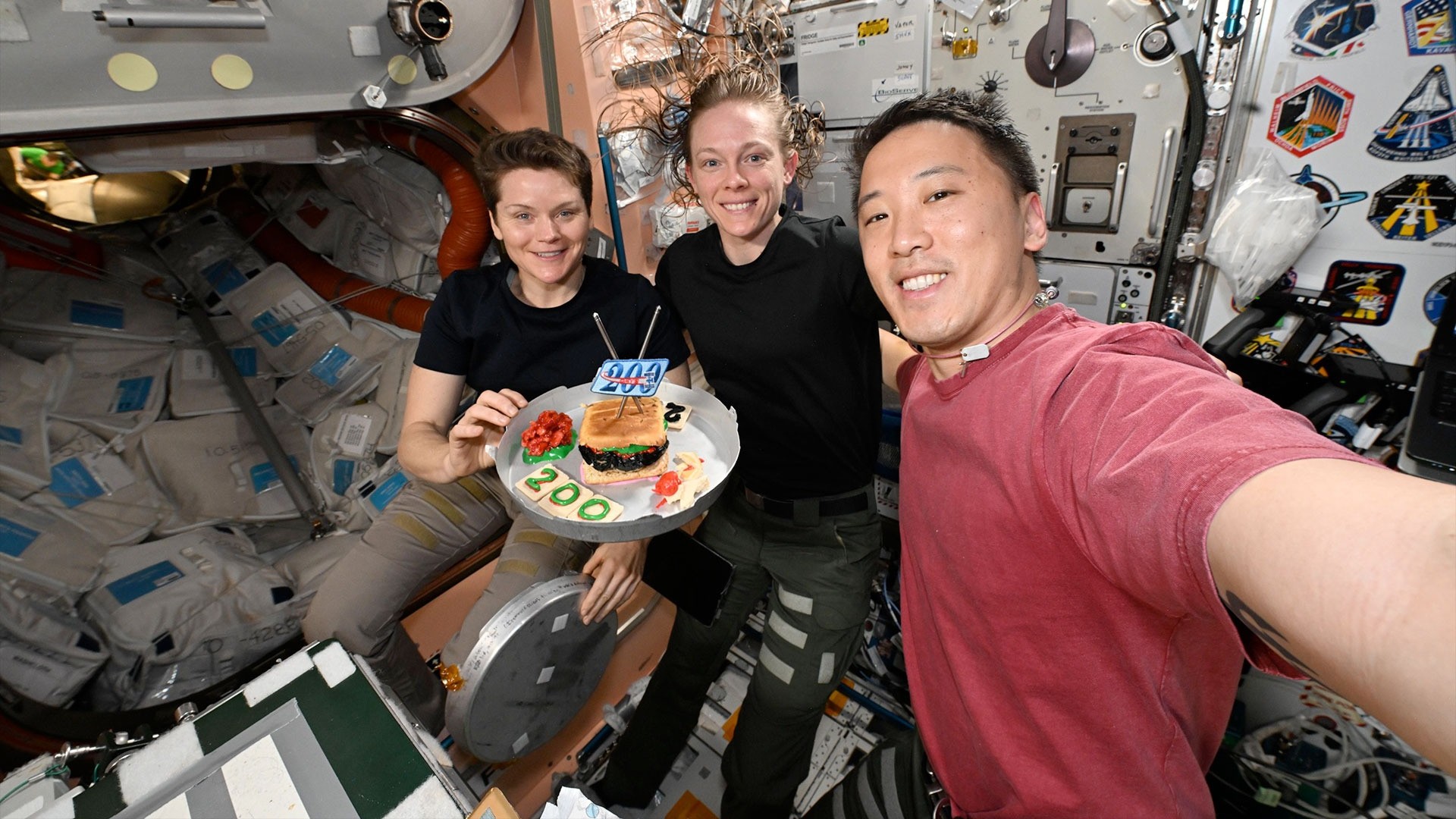Space.com contributing writer Stefanie Waldek is a self-taught space nerd and aviation geek who is passionate about all things spaceflight and astronomy. With a background in travel and design journalism, as well as a Bachelor of Arts degree from New York University, she specializes in the budding space tourism industry and Earth-based astrotourism. In her free time, you can find her watching rocket launches or looking up at the stars, wondering what is out there. Learn more about her work at www.stefaniewaldek.com.
Latest articles by Stefanie Waldek
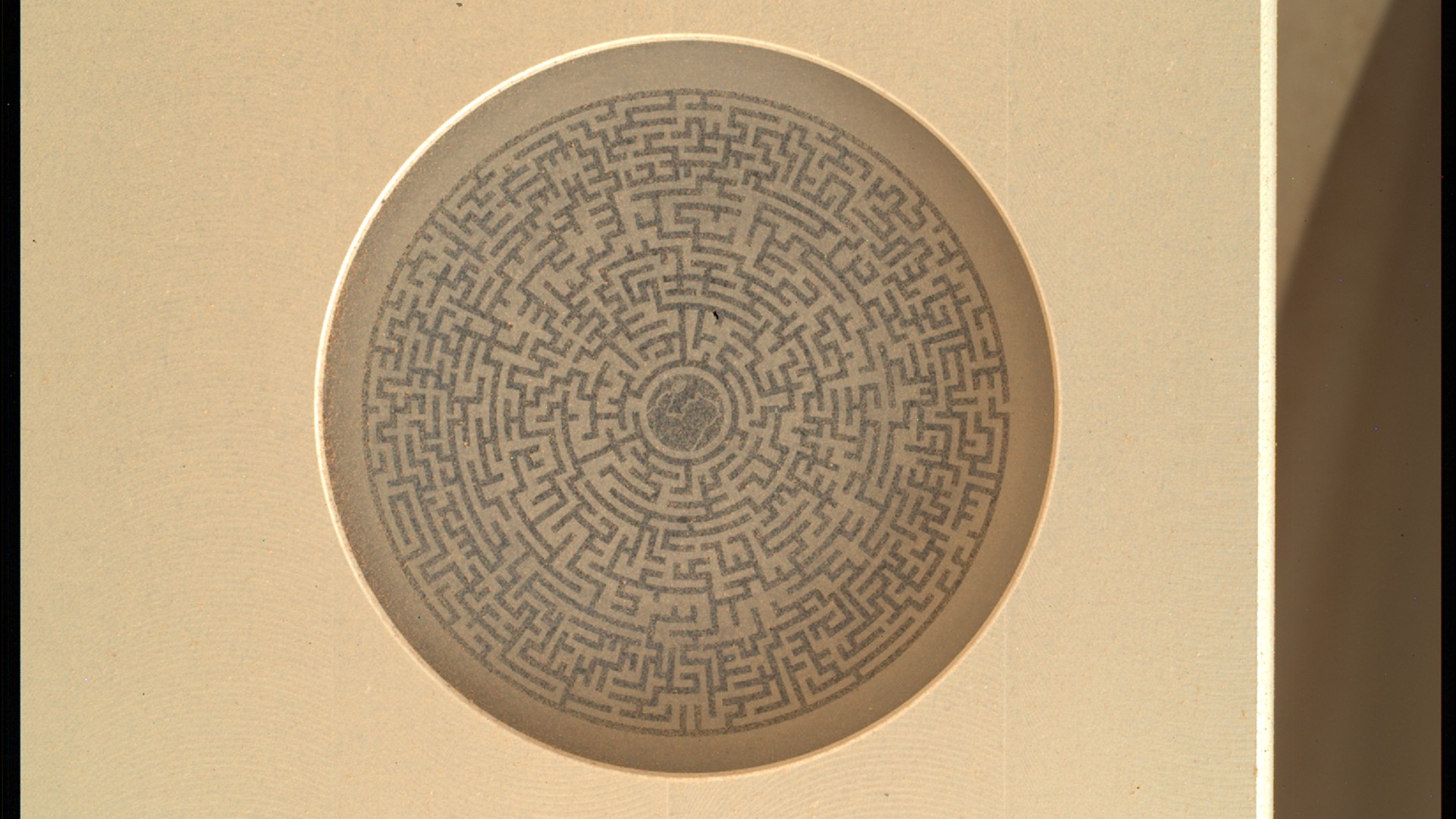
Why does NASA's Perseverance rover keep taking pictures of this maze on Mars?
By Stefanie Waldek published
NASA's Perseverance rover regularly images a Sherlock Holmes–themed maze to calibrate its chemical-hunting SHERLOC instrument.
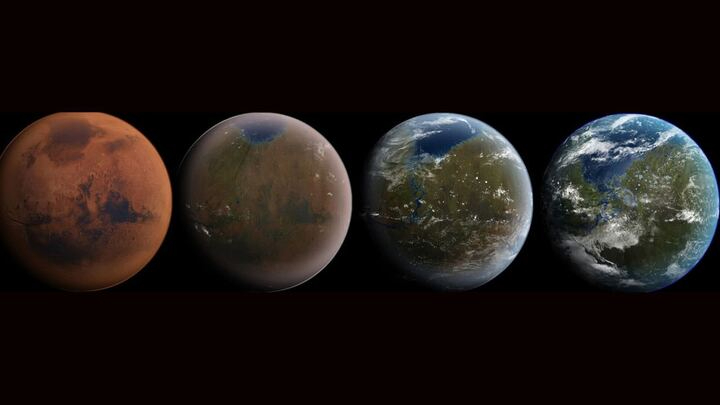
Turning the Red Planet green? It's time to take terraforming Mars seriously, scientists say
By Stefanie Waldek published
A new study debates the complex ethical questions that must be considered if we're to terraform Mars and lays the blueprint for a potential path forward.
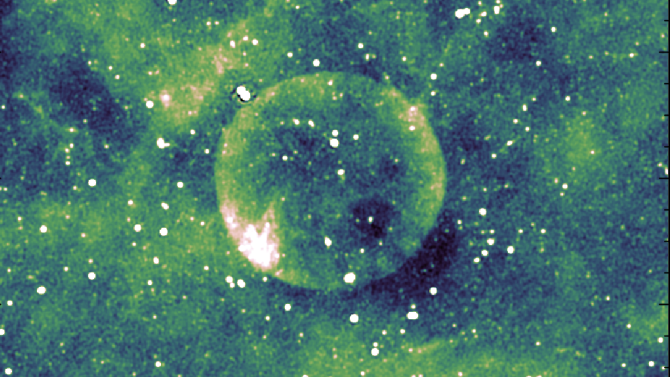
'One of the most geometrically perfect': What is this mysterious sphere deep in the Milky Way galaxy?
By Stefanie Waldek published
A supernova remnant (SNR) discovered by astrophysicist Miroslav Filipović of Western Sydney University displays an astonishingly spherical shape.
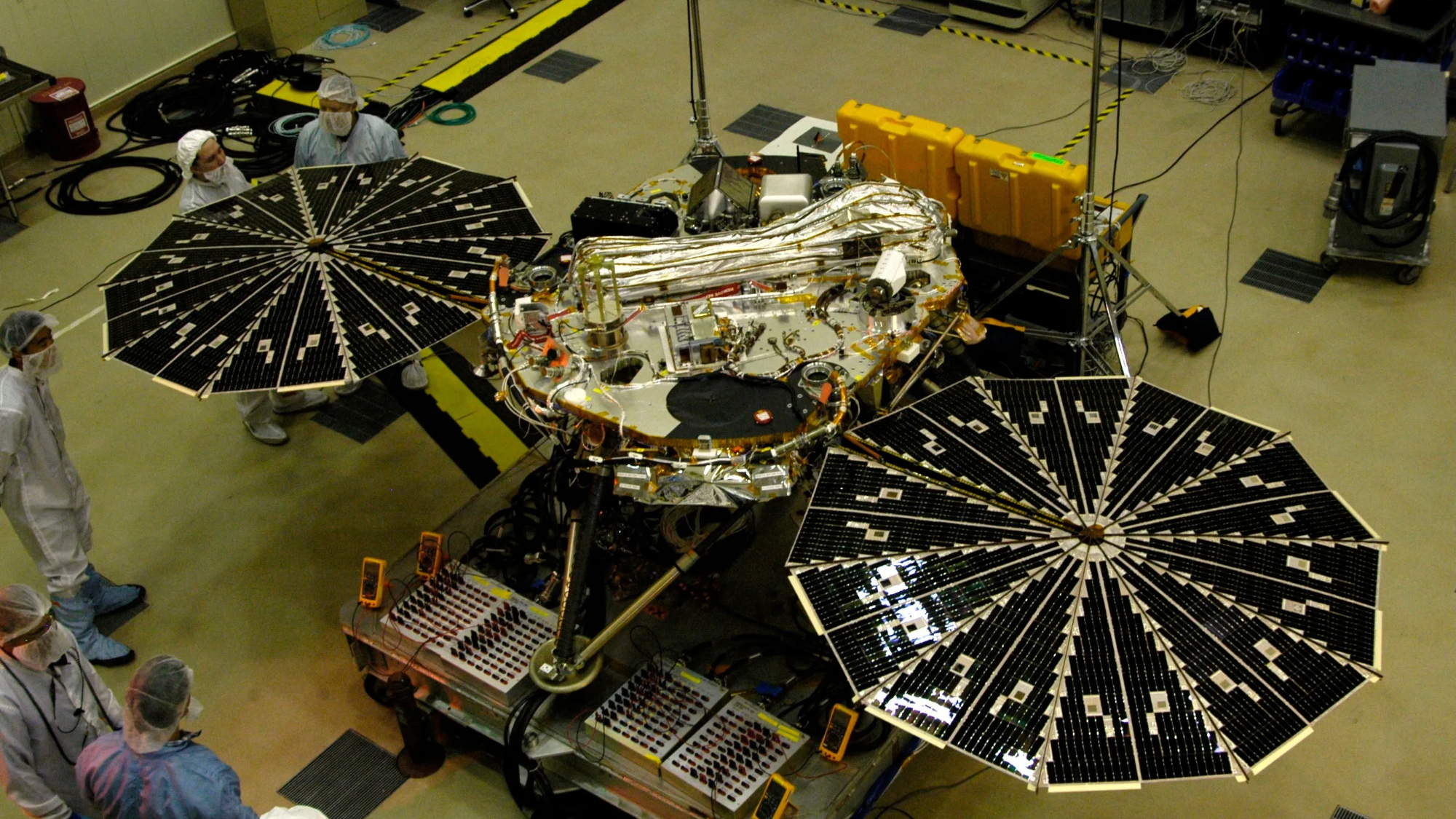
Not-so-clean rooms: Scientists discover 26 new microbe species in NASA spacecraft facility
By Stefanie Waldek published
Scientists have discovered 26 previously unknown bacterial species in the clean rooms that were used to prep NASA's Phoenix Mars lander for its 2007 launch.

Satellites show 28 US cities are sinking, including NYC and Chicago: 'Infrastructure can be silently compromised'
By Stefanie Waldek published
"Even slight downward shifts in land can significantly compromise the structural integrity of buildings, roads, bridges, and railways over time."
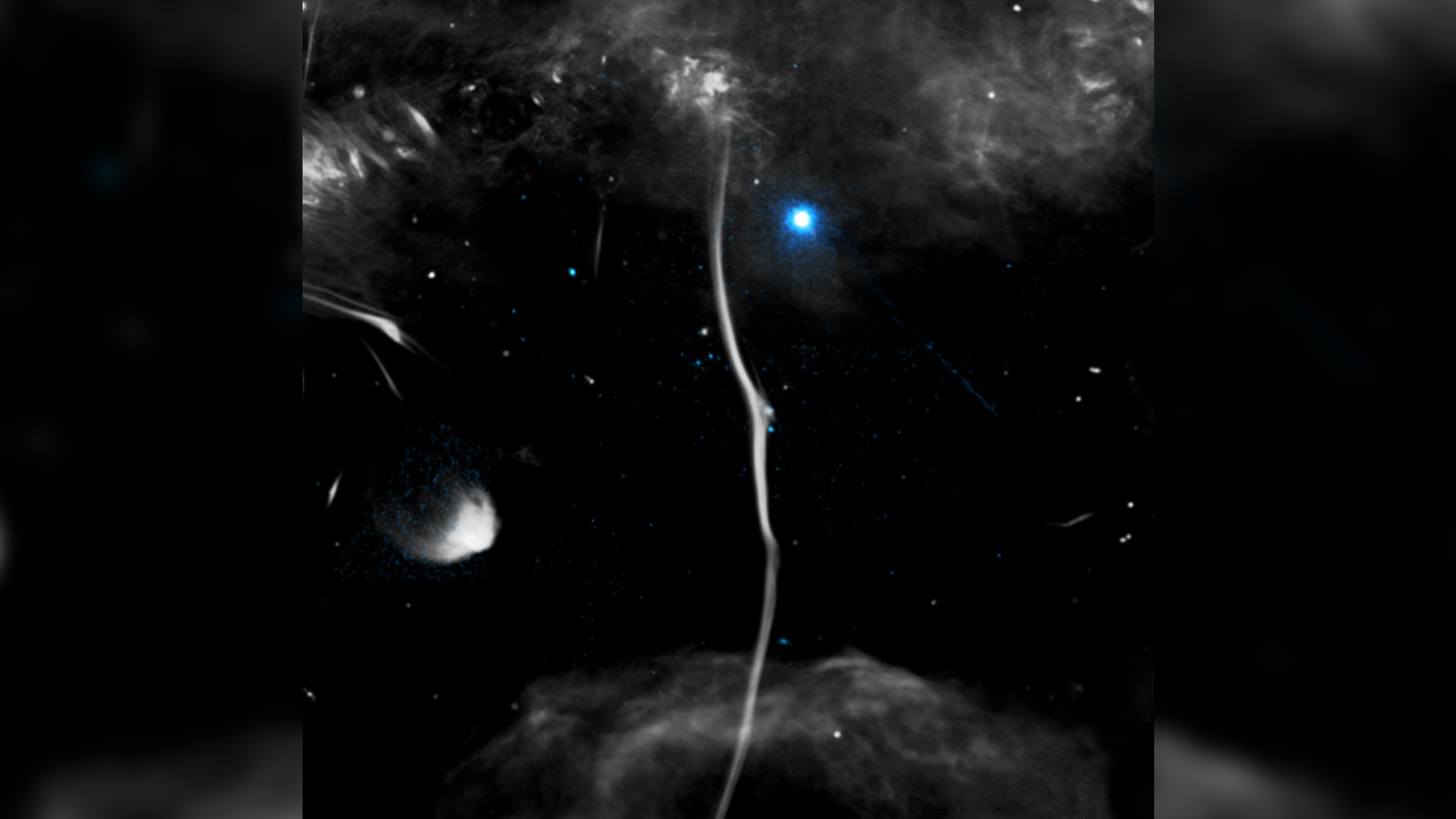
NASA diagnoses fracture in a 'huge cosmic bone' using X-ray observatory
By Stefanie Waldek published
A combination of X-ray from NASA's Chandra observatory and radio data indicates that a galactic "fracture" was likely caused by a special neutron star called a pulsar.
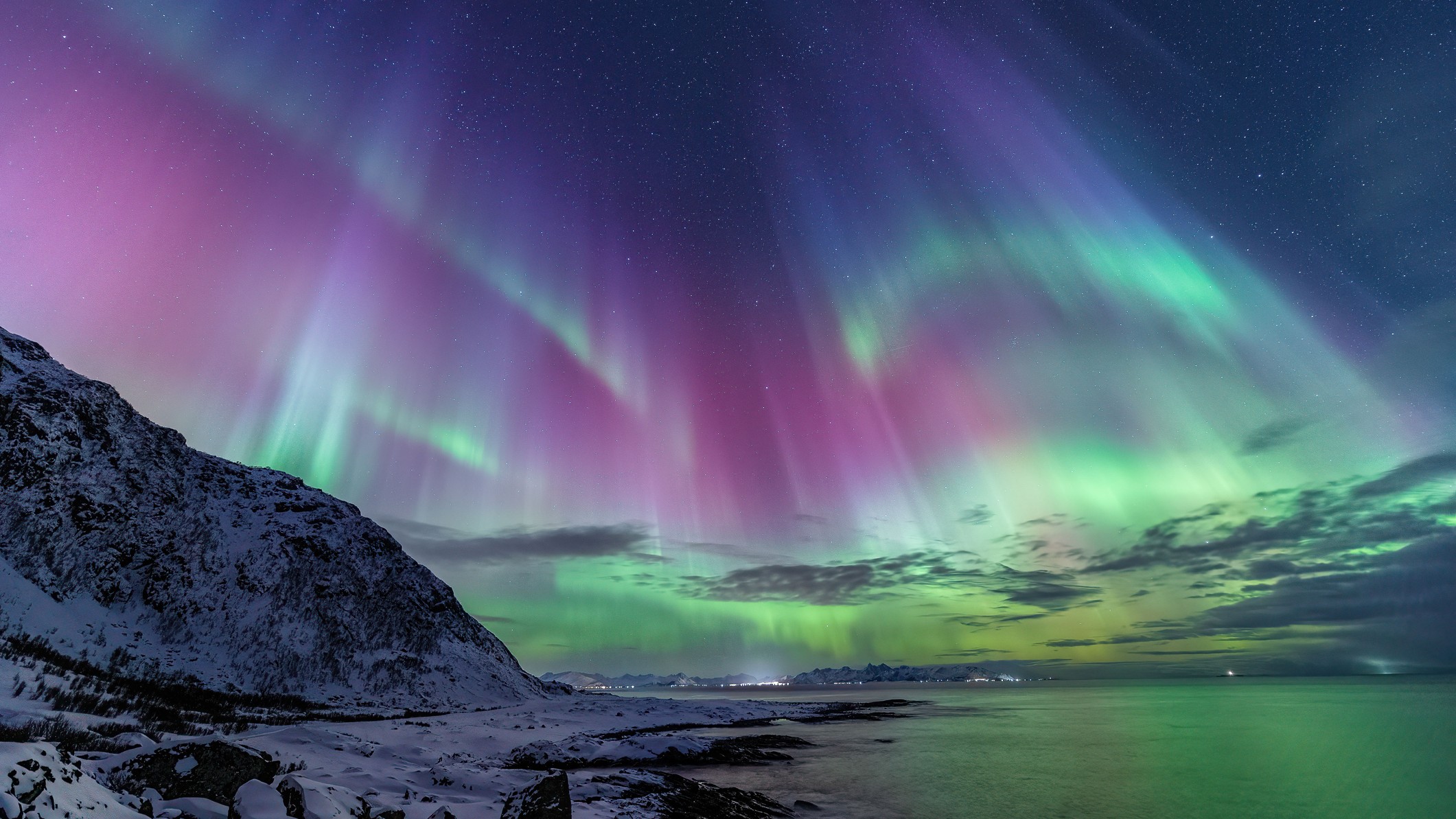
Northern lights (aurora borealis): What they are and how to see them
By Daisy Dobrijevic last updated
Reference The northern lights are one of the most mesmerizing natural wonders you can witness firsthand.
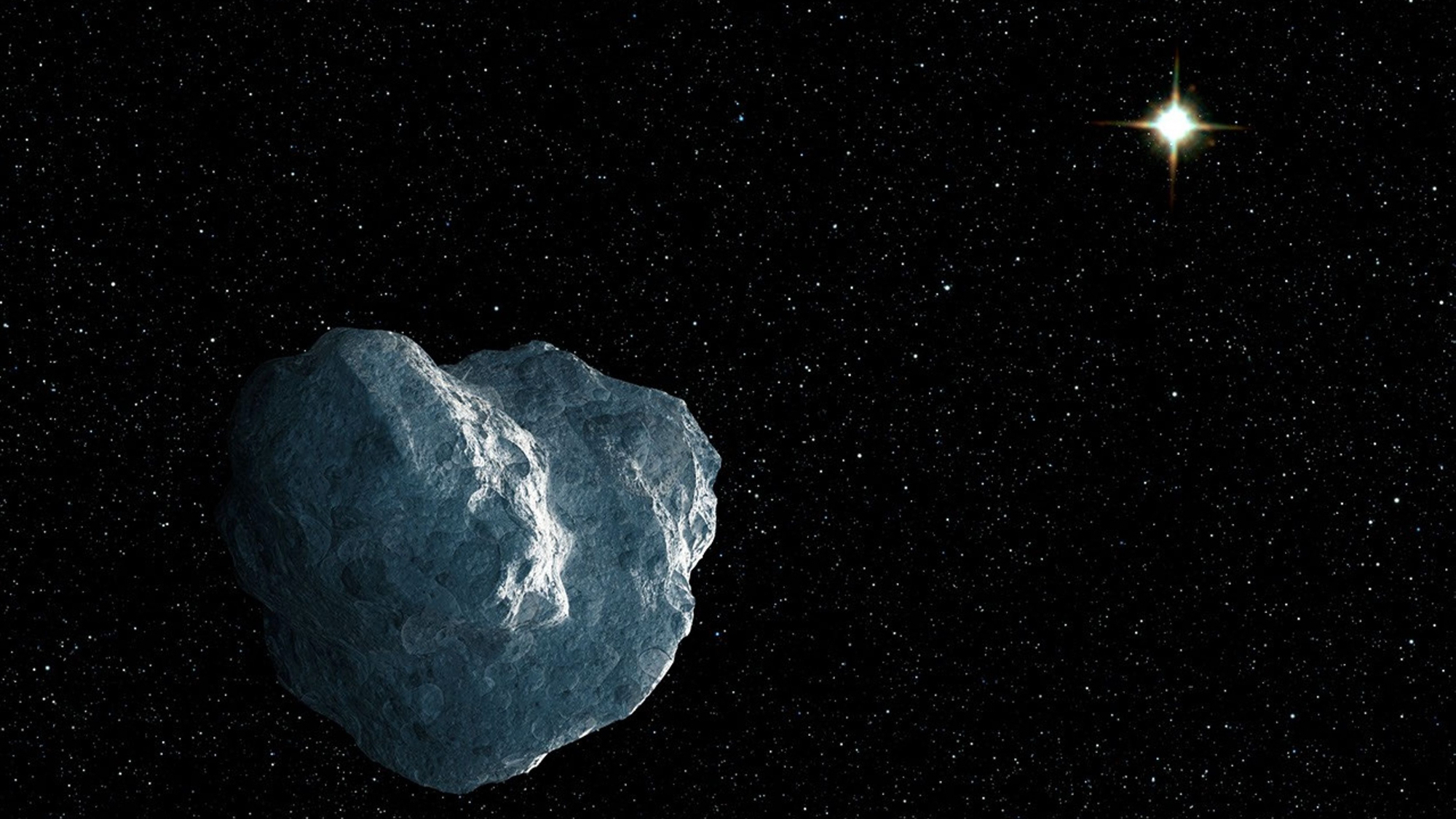
New JWST observations of 'trans-Neptunian objects' could help reveal our solar system's past
By Stefanie Waldek published
The James Webb Space Telescope has observed surface ice methanol — a key building block for organic compounds necessary for life, including sugars — on trans-Neptunian objects.
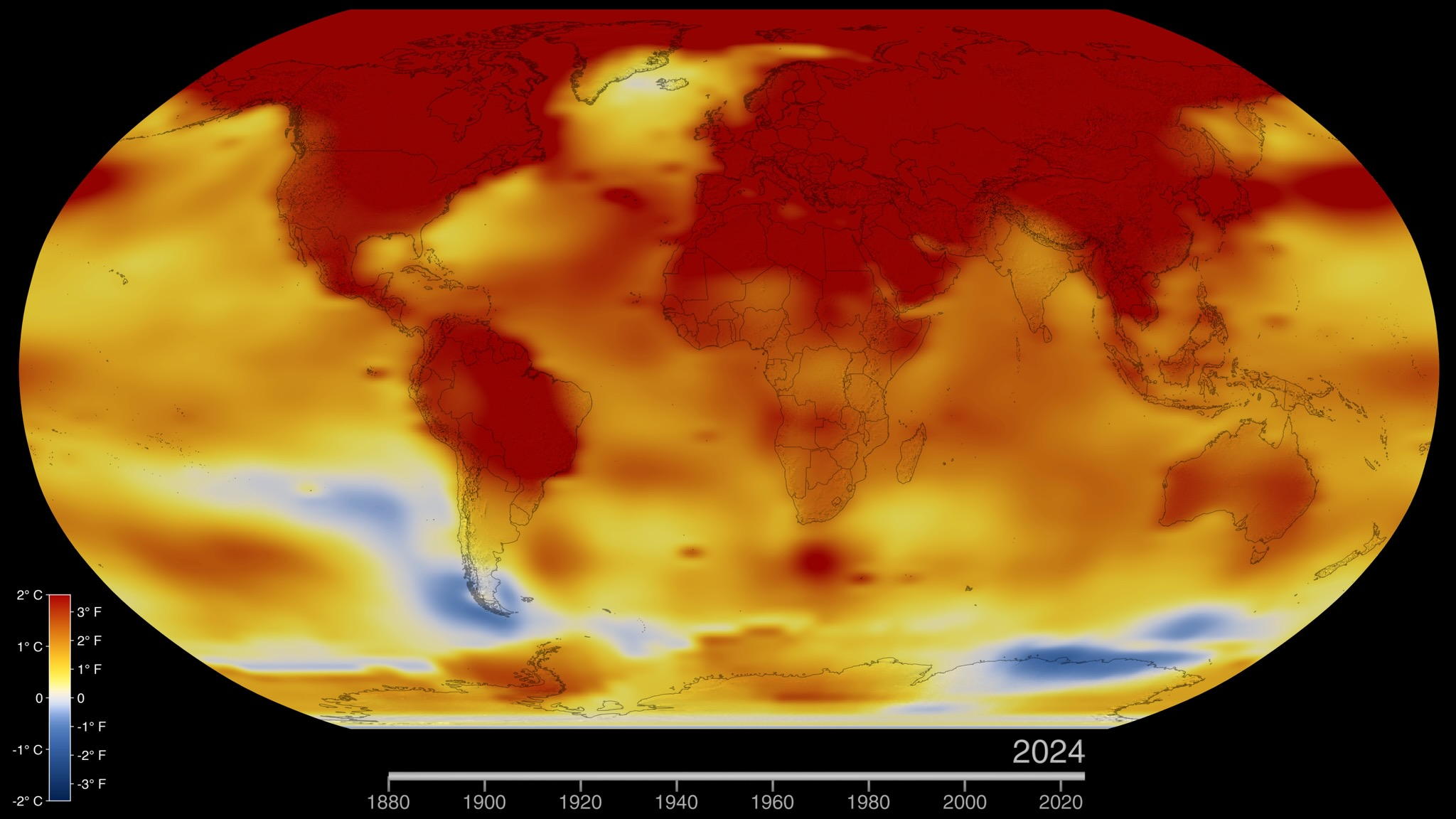
Climate change is officially the leading threat to imperiled species in the United States
By Stefanie Waldek published
For the first time, scientists have identified climate change as the top driver of human-caused biodiversity loss among species protected under the Endangered Species Act.
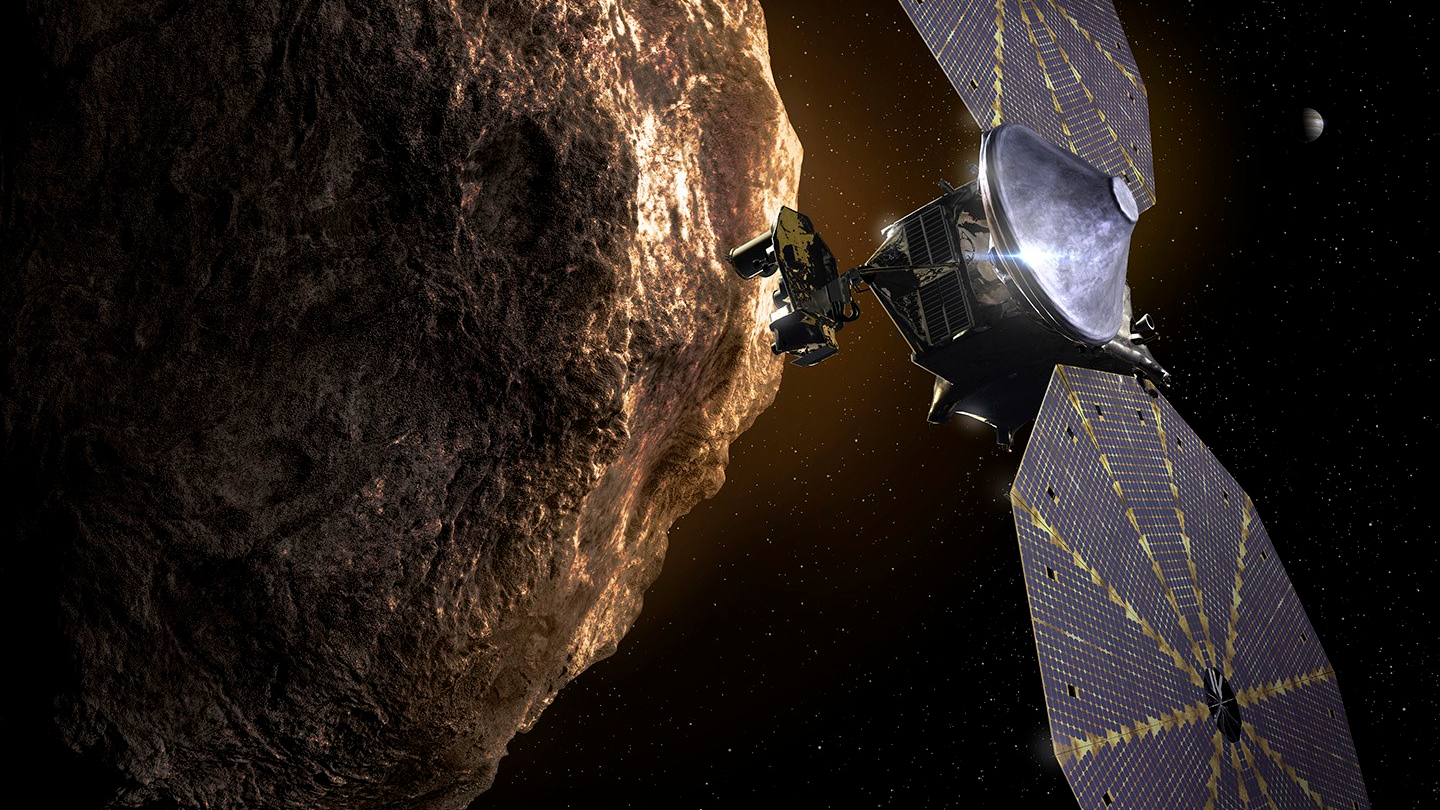
NASA's Lucy probe flies by the asteroid Donaldjohanson on Easter Sunday
By Stefanie Waldek last updated
On Easter Sunday (April 20), NASA's Lucy probe should have zipped past the asteroid Donaldjohanson, testing science instruments on the space rock.

Could Mars volcanoes have supported ancient life on the Red Planet? Well, maybe
By Stefanie Waldek published
Using NASA's Perseverance rover to analyze Martian rocks, researchers suggest that Mars' complex volcanism might hold clues about the planet's ancient habitability.
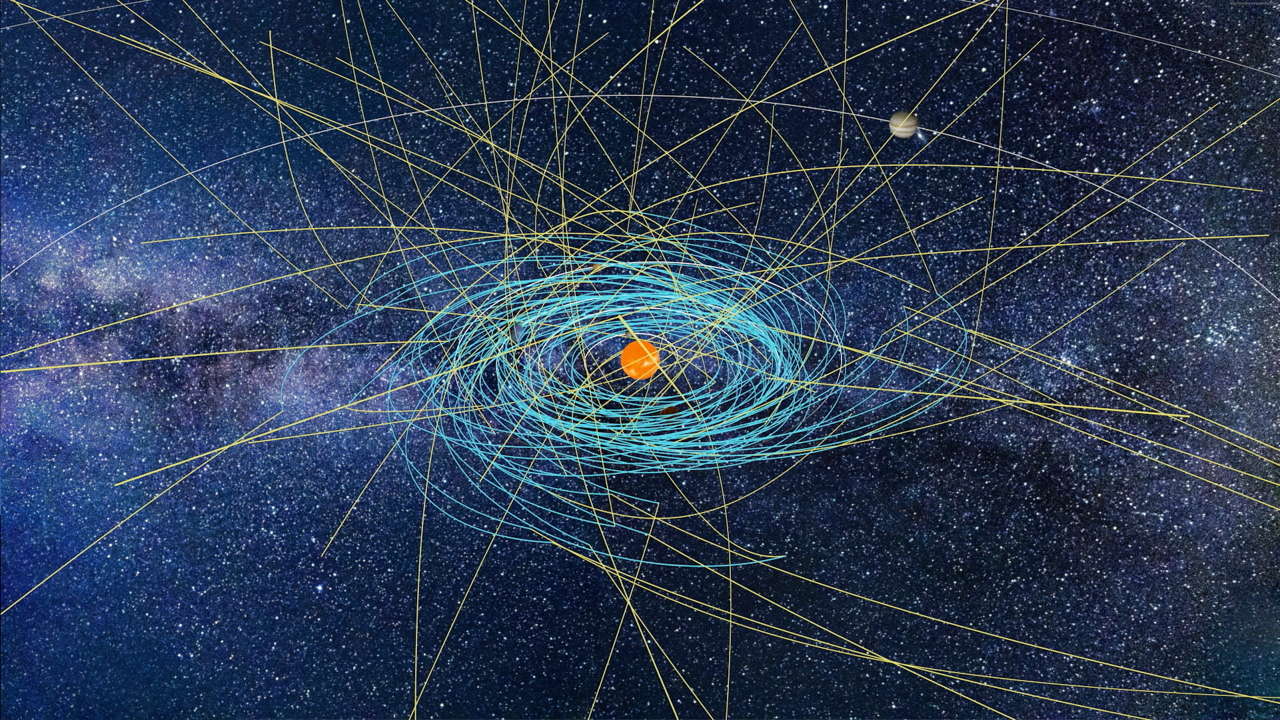
This spacecraft swarm could spot interstellar visitors zipping through our solar system
By Stefanie Waldek published
Hiroyasu Tsukamota has developed a deep-learning-based guidance and control framework called Neural-Rendezvous that could allow spacecraft to safely encounter interstellar objects.
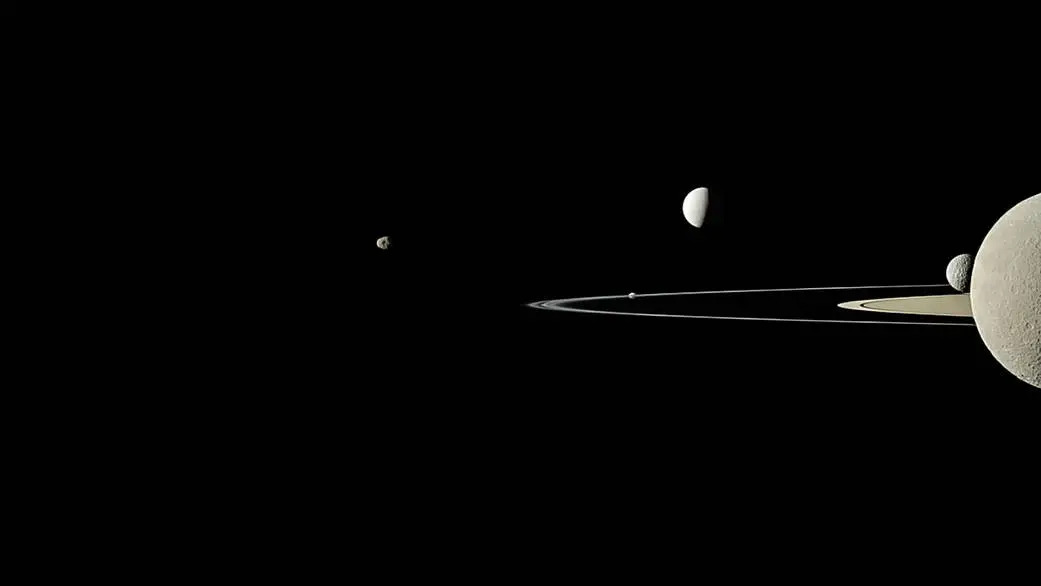
Saturn officially has 128 more moons
By Stefanie Waldek published
The grand total of Saturnian moons is now 274.
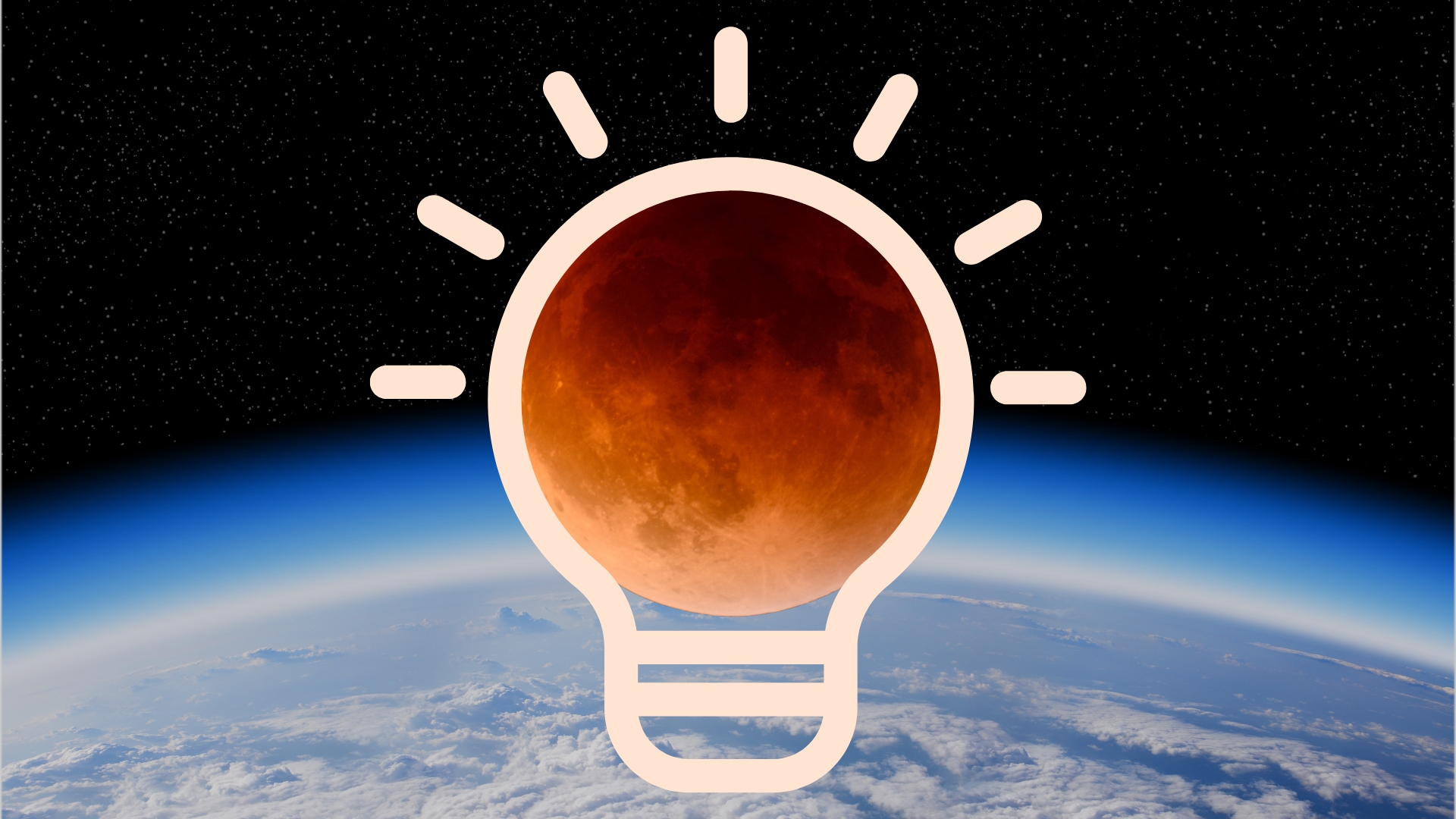
What do lunar eclipses teach us about Earth?
By Stefanie Waldek last updated
For starters, they taught us that Earth is round

DNA-busting radiation from star-killing supernova could have influenced evolution on Earth
By Stefanie Waldek published
A distant star-killing supernova could have bombarded Earth with radiation strong enough to shift the course of evolution.
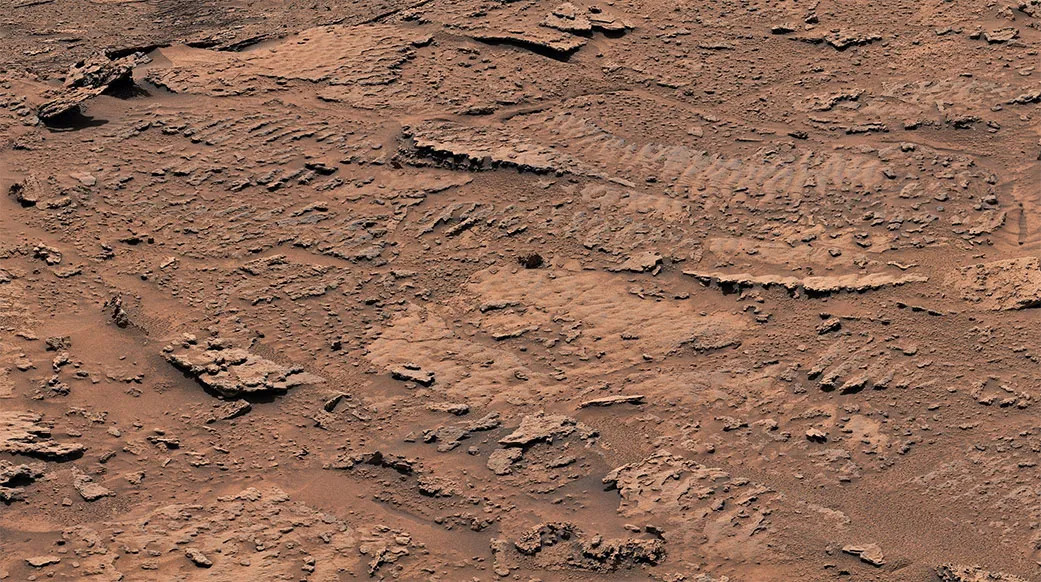
NASA's Curiosity Mars rover discovers evidence of ripples from an ancient Red Planet lake (images)
By Stefanie Waldek published
Rippled textures in a shallow lake bed on Mars indicate that ice-free liquid water once pooled here.

7 planets are aligned in the night sky right now. But what's that mean for science?
By Stefanie Waldek published
Not much, unless we're talking about spacecraft.

Satellites watch 'ghost island' solidify in the Caspian Sea before disappearing (photos)
By Stefanie Waldek published
The Kumani Bank mud volcano in the Caspian Sea created an island in early 2023 that had almost disappeared by the end of 2024, according to Landsate satellite imagery.
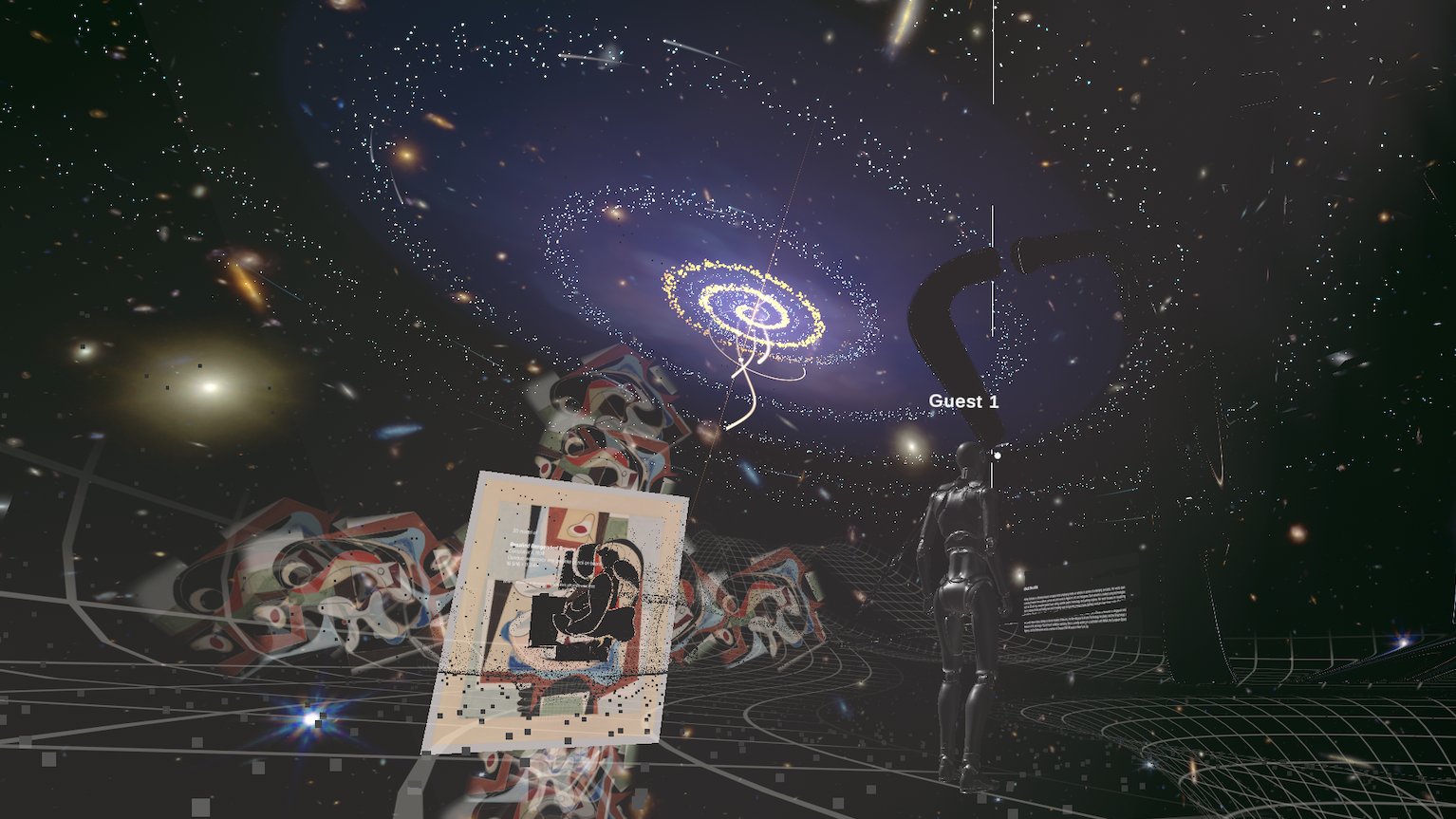
Step inside a virtual reality art piece inspired by the James Webb Space Telescope
By Stefanie Waldek published
Ashley Zelinskie's VR artwork Twin Quasar was inspired by the iconic deep-space image from the James Webb Space Telescope that introduced a new audience to gravitational lensing.

Our warming Earth: 2024 was hottest year on record, NASA says
By Stefanie Waldek published
2024 was the warmest year on record, according to NASA data. The global average temperature was 2.3 degrees Fahrenheit above the mid-20th-century baseline.
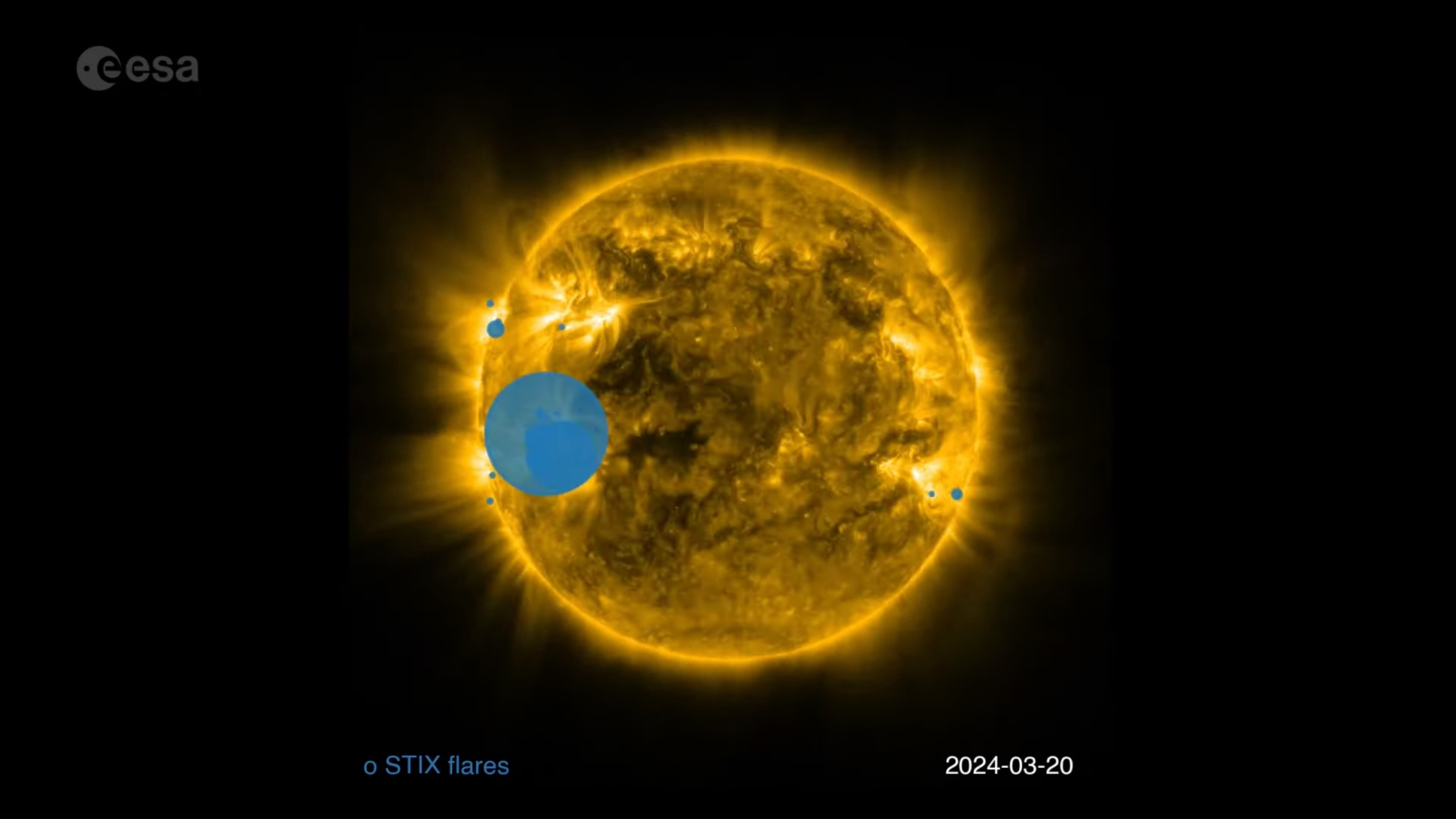
Scientists turn 3 years' worth of solar flares into audible sound (video)
By Stefanie Waldek published
The European Space Agency has released an audio-visual representation of solar activity over the last three years, using data from the Solar Orbiter probe.
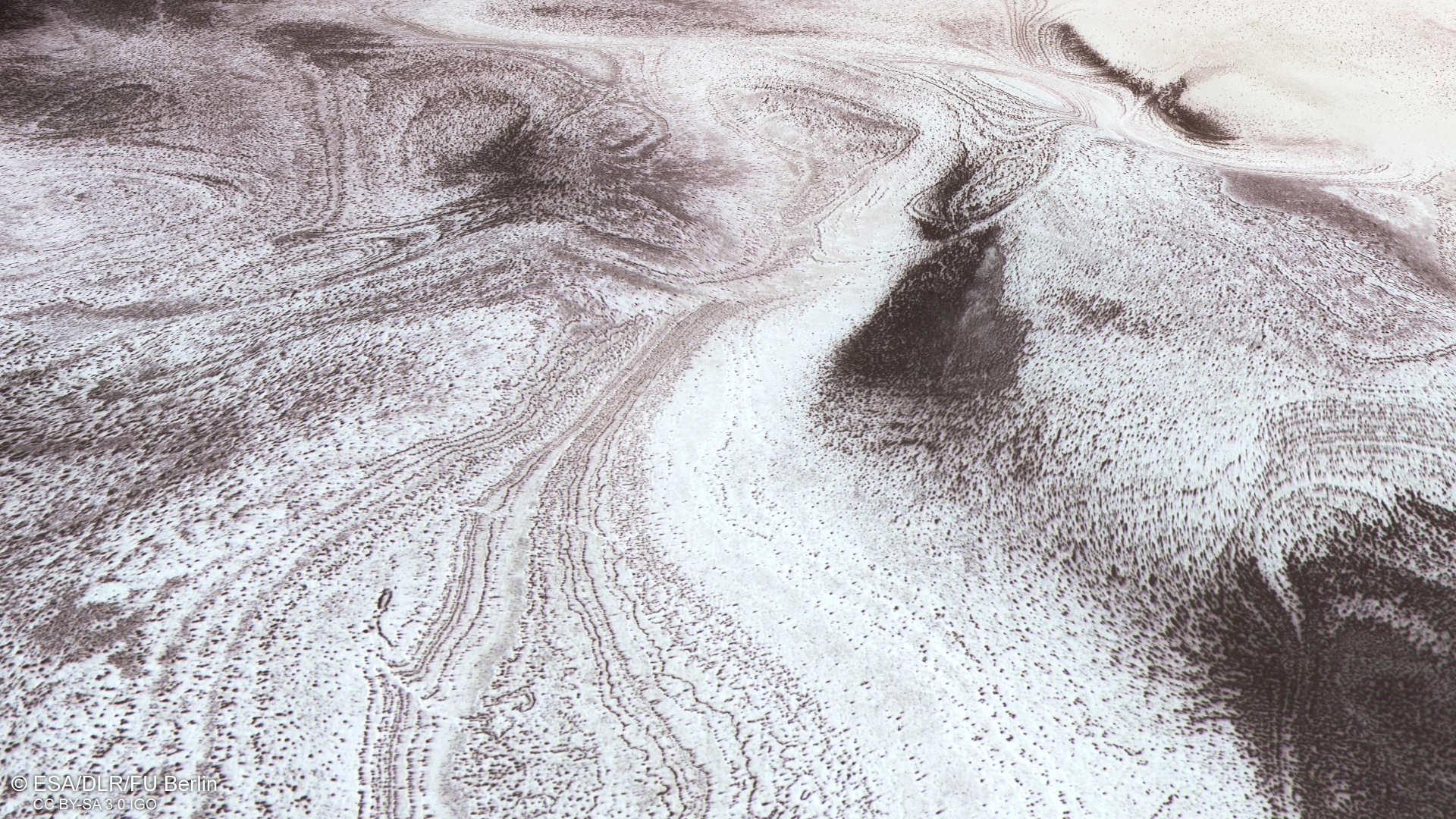
Mars orbiters witness a 'winter wonderland' on the Red Planet (photos)
By Stefanie Waldek published
Snow dots the Martian landscape in these images from ESA's Mars Express orbiter and NASA's Mars Reconnaissance Orbiter.
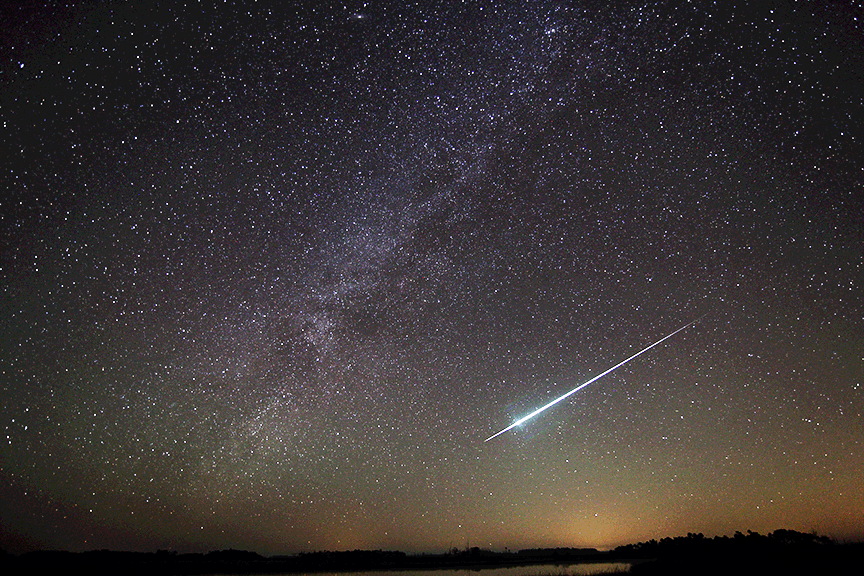
The Ursid meteor shower peaks this weekend. Here's what to expect from the final 'shooting stars' of 2024
By Stefanie Waldek published
The last meteor shower of the year peaks in the early morning hours of Dec. 22.
Breaking space news, the latest updates on rocket launches, skywatching events and more!
